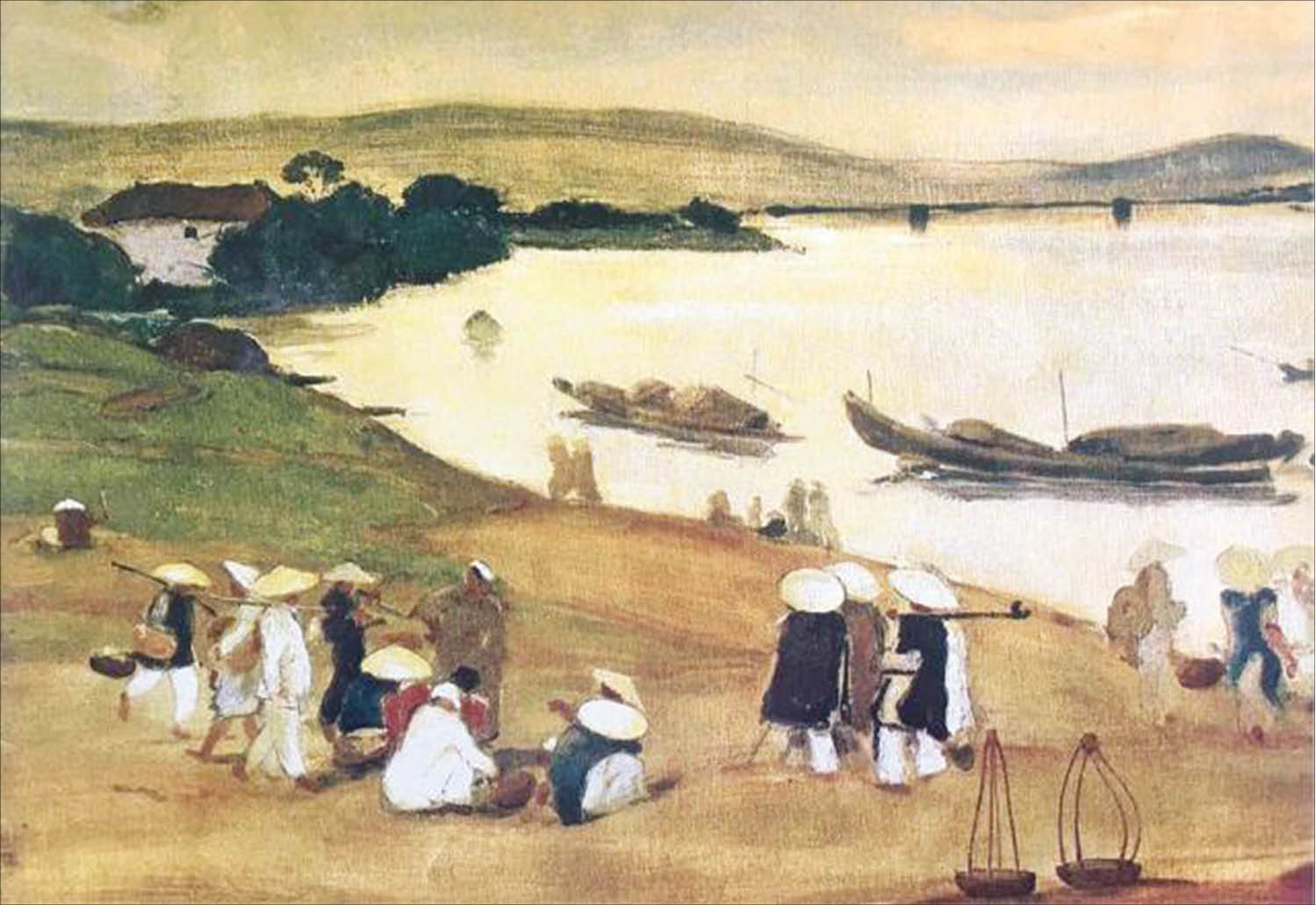 |
| Painting "Perfume River" (1902) by artist Bauchaud |
In the artistic memory, the first image of the Perfume River probably came from the French painters who visited Indochina in the late 19th century. The French painter who is considered to have come to Hue to paint the earliest was Gaston Roullet. In late 1885 and early 1886, Roullet came to Hue during the Binh Tuat New Year and painted many paintings, including some of the Perfume River. In 1902, there was a painting by the French painter - Bauchaud depicting women returning from the market, gathering on the banks of the Perfume River, preparing to board a boat.
In 1907, artist Charles Ulmann came to Hue and painted “The Perfume River in Hue”, depicting the peaceful scene of the Perfume River with rows of green trees reflecting on the water. Above, the sky is blue, the clouds are white, and the mountains are far away. Looking at this painting, one can imagine the Hue boats on the Perfume River in the past, the covered and uncovered boats of the past were not much different from today, even though more than 100 years had passed. In 1914, artist Gustave Martinien Salgé painted an image of the Perfume River boats in oil on canvas. In 1924, artist Victor Tardieu came to Hue and left for posterity the oil painting “The Market by the River Wharf”. The painting depicts the Perfume River boats with moorings close together.
The earliest Vietnamese artists to paint the Perfume River were those who studied at the Indochina Fine Arts College. At that time, Vietnamese painting was first introduced to oil painting techniques, impressive colors and Western perspectives, but in their hearts they carried the classical beauty of folk paintings and silk paintings. And so, the Perfume River entered the painting like a shy young girl, serving as the background for the story of Hue.
In 1932, painter Mai Trung Thu - a prominent artist of the Indochina Fine Arts College came to Hue to teach and painted the famous "Woman wearing a conical hat by the river". This is a work that is both realistic and imbued with a romantic spirit. In this painting, the space of the Perfume River is like a lyrical background. Behind the woman is a calm, wide surface of water, reflecting the shadow of a boat. That space is flat and quiet, evoking the true nature of the Perfume River with a leisurely, gentle flow in the heart of Hue. Mai Trung Thu used light colors such as green, blue-gray, and dark brown to recreate the gentle, distant background of the river. It not only serves as a background for the woman's figure, but also imbues the entire painting with a poetic quality. And on that river, the boat appears as a silhouette of life on the river. The boat has a curved roof, with the silhouette of a person wearing a conical hat standing on the side, appearing as a slice of the river life in ancient Hue. These are the ferries, passenger ferries, or junks that drift every day. This detail places the woman in the right cultural context of Hue, along the Perfume River, and becomes a symbol of Hue.
After the war, when Hue painting entered a new phase, the Perfume River reappeared in the nostalgic colors of artist Dinh Cuong. In his eyes, the Perfume River no longer revealed its entire form, but only appeared in layers of hazy, vague colors. People might not see the river specifically, but they could recognize it from the lingering sadness, from the Hue colors flowing like ink in a dream.
Dinh Cuong has drawn a Huong River in memory, where the water does not necessarily flow with reality, but with nostalgia. In the painting “On the other side of the river”, the roofs and mountains appear in the distance like distant memories, the silver-gray tones as if they only exist in memory, not reality. It can be said that the colors here are not realistic but symbolic. The Huong River becomes a boundary of memory, on this side is a young girl sitting in the present, on the other side is a distant memory. In the painting “Follow me to Hue”, the Huong River is not only a landscape, but also the soul, the flow of Hue. The combination of blue - green - purple colors exudes poetry, music, creating a “lyrical river” that many poets have compared to a lover, a mother, or a young girl lying asleep and dreaming.
In the years after 1990, many Hue artists began to let the Perfume River flow into their paintings as a way to preserve the image of their homeland. Painter Nguyen Van Tuyen painted many paintings of boats and the waters of the Perfume River. In his eyes, the Perfume River is a daily breath, with lonely and patient boats, blooming flowers symbolizing a strong life, a world of mist and smoke in the paintings of this quiet artist. In 2025, the Hue Museum of Fine Arts collected his “Perfume River and the Ancient Citadel”.
Since 2001, French artist Gérald Gorridge has returned to Hue at least 17 times. He was “indescribably captivated by the Perfume River” and “Perfume River Painting Collection” was born. It is the result of inspiration and tireless creativity.
Hue people often say “The Perfume River is a mother”. A gentle mother, a patient mother, a silent mother who witnesses all joys and sorrows. Painting is a mirror for us to see the face of that mother through each generation of painters. And when we stand in front of those paintings, sometimes we no longer see colors, but see ourselves blending into the water. Because the Perfume River, more than just an art subject, is the collective memory of a city, the shared nostalgia of many people. A river that knows how to transform into art, that is the soul of Hue.
Source: https://huengaynay.vn/van-hoa-nghe-thuat/my-thuat-dieu-khac/song-huong-trong-hoi-hoa-158483.html






![[Photo] Prime Minister Pham Minh Chinh launched a peak emulation campaign to achieve achievements in celebration of the 14th National Party Congress](https://vphoto.vietnam.vn/thumb/1200x675/vietnam/resource/IMAGE/2025/10/5/8869ec5cdbc740f58fbf2ae73f065076)









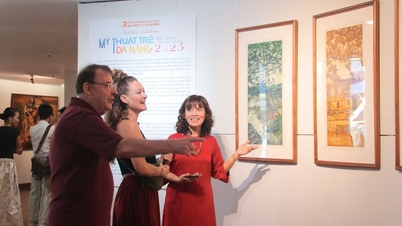

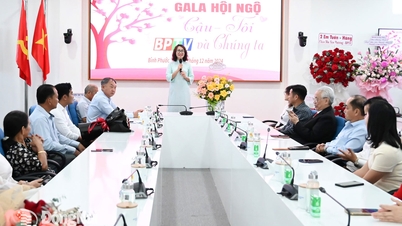

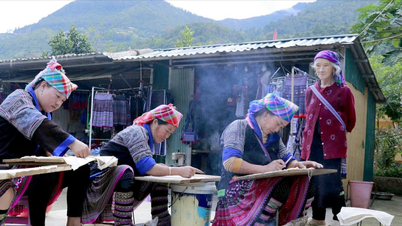

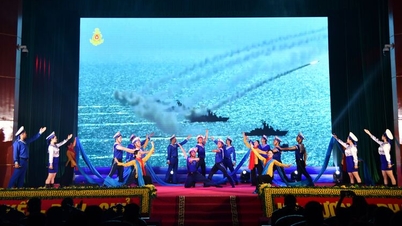

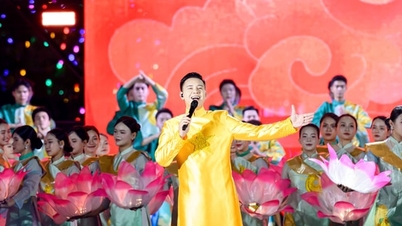
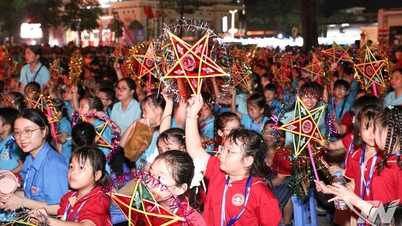

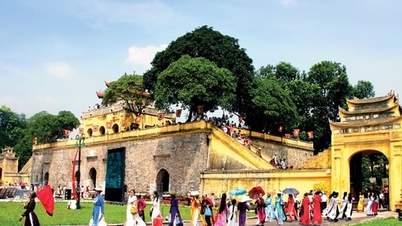




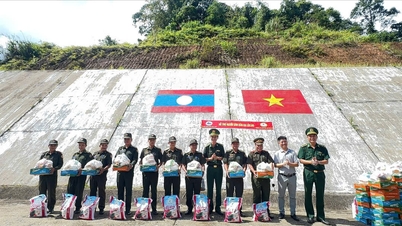
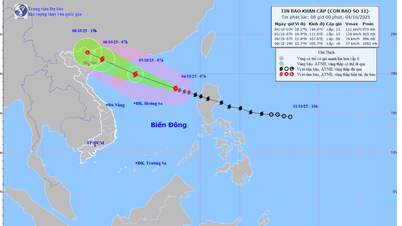

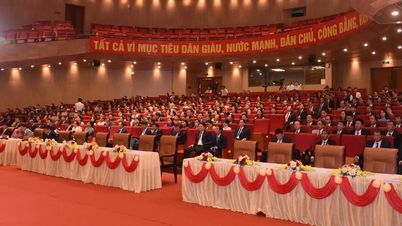
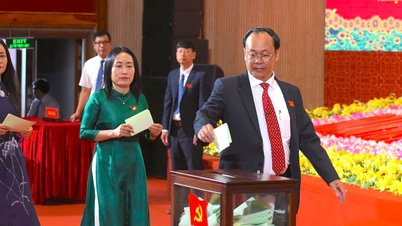
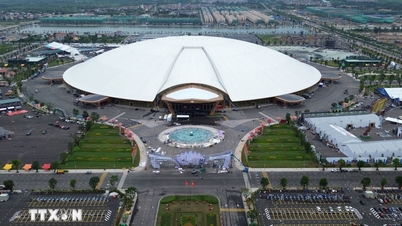

![[Photo] Bustling Mid-Autumn Festival at the Museum of Ethnology](https://vphoto.vietnam.vn/thumb/1200x675/vietnam/resource/IMAGE/2025/10/4/da8d5927734d4ca58e3eced14bc435a3)























![[VIDEO] Summary of Petrovietnam's 50th Anniversary Ceremony](https://vphoto.vietnam.vn/thumb/402x226/vietnam/resource/IMAGE/2025/10/4/abe133bdb8114793a16d4fe3e5bd0f12)

![[VIDEO] GENERAL SECRETARY TO LAM AWARDS PETROVIETNAM 8 GOLDEN WORDS: "PIONEER - EXCELLENT - SUSTAINABLE - GLOBAL"](https://vphoto.vietnam.vn/thumb/402x226/vietnam/resource/IMAGE/2025/7/23/c2fdb48863e846cfa9fb8e6ea9cf44e7)














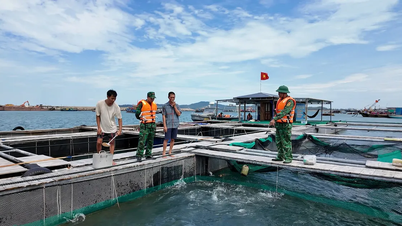
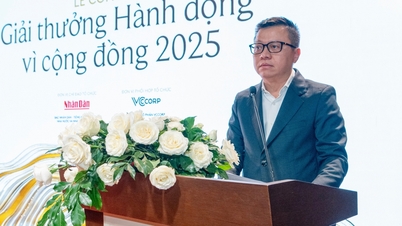
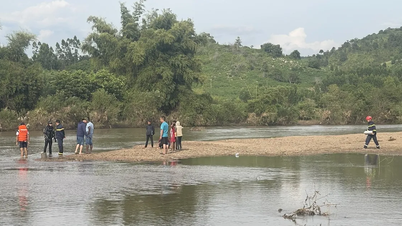
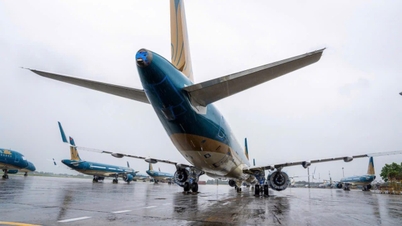


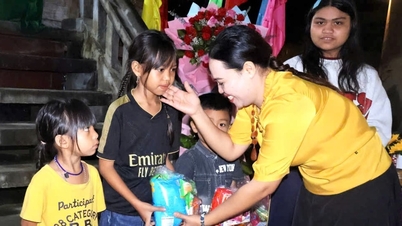












Comment (0)